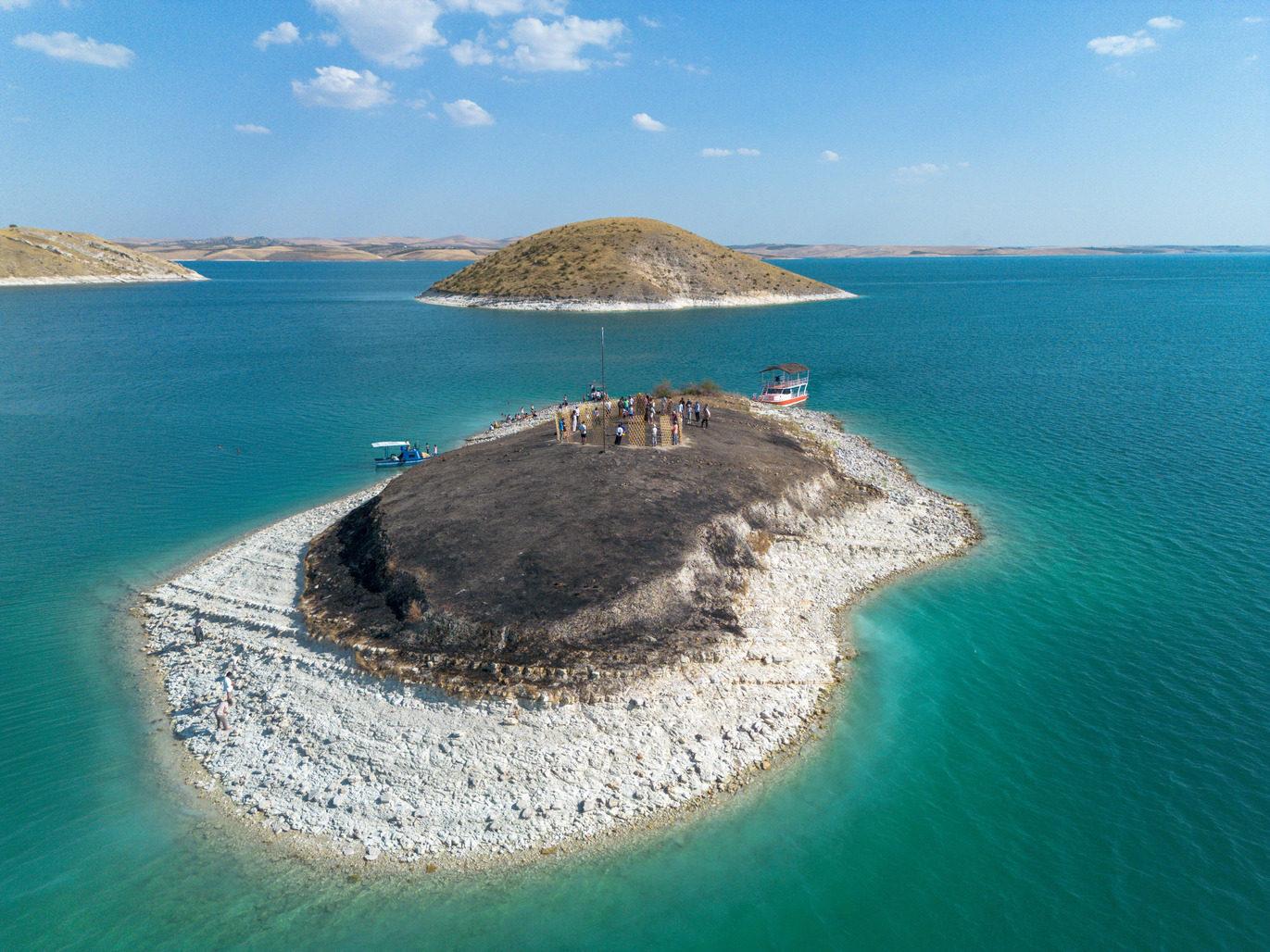Though best known as a leading proponent of Abstract Expressionism, Willem de Kooning—whose geometric and biomorphic shapes of the 1930s and ’40s evolved into his iconic “Woman” series of the 1950s—also ventured into sculpture. These 3D experiments are the focus of a must-see exhibition at the Gallerie dell’Accademia in Venice, running through September 15.
“My first interaction with de Kooning’s sculptures was some 30 years ago,” the exhibition’s co-curator Gary Garrels told ARTnews. He first encountered them during the inauguration of the Aldo Rossi–designed Bonnefanten Museum in Maastricht, the Netherlands, but had rarely seen them since. Garrels had considered organizing an exhibition of these works but struggled to find a venue until a colleague, curator Mario Codognato, informed him that the Gallerie dell’Accademia was interested in hosting a de Kooning show.
Titled “Willem de Kooning and Italy,” the exhibition is the first to explore the artist’s time in the country between 1959 and 1969 and how it influenced his work. Featuring around 75 pieces, it is also the largest presentation of de Kooning’s work in Italy in nearly 20 years. “Sculpture was just a five-year period, but I feel it was pivotal for him,” Garrels said. “I am fascinated by the emotional complexity of his bronzes, by the unorthodox way they were made, and by their painterly yet physical presence.”
In May 1959, de Kooning sold out an exhibition of new abstract paintings at the Sidney Janis Gallery in New York, providing him with the means to return to Europe for the first time since leaving Holland in 1926. After spending a few days in Venice, he headed to Rome, where he met poet Gregory Corso, who guided him through the city. Just four weeks after returning to New York, de Kooning rushed back to Italy. “I felt I had to return to Rome right away, because the city made an enormous impression on me,” he later told an Italian journalist.









